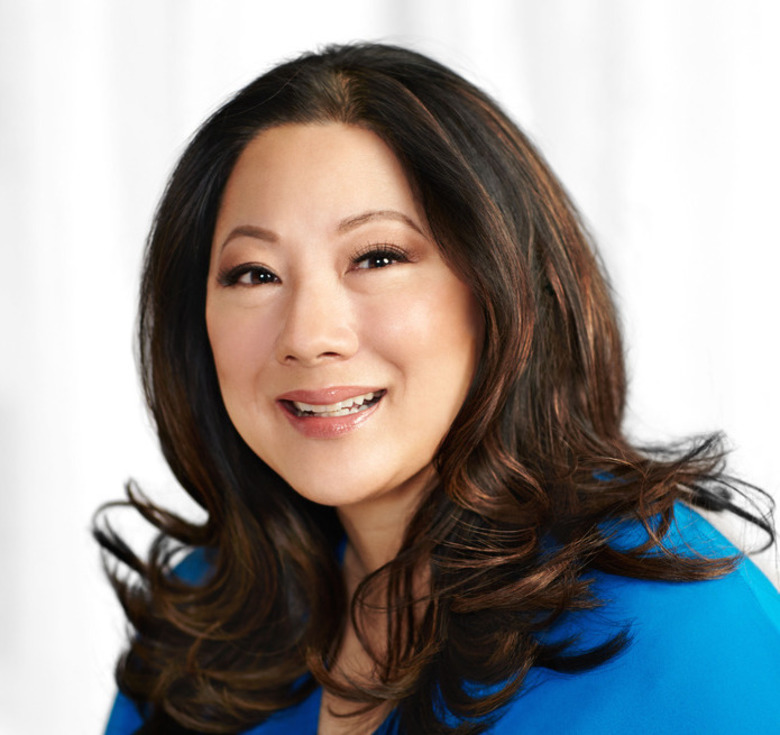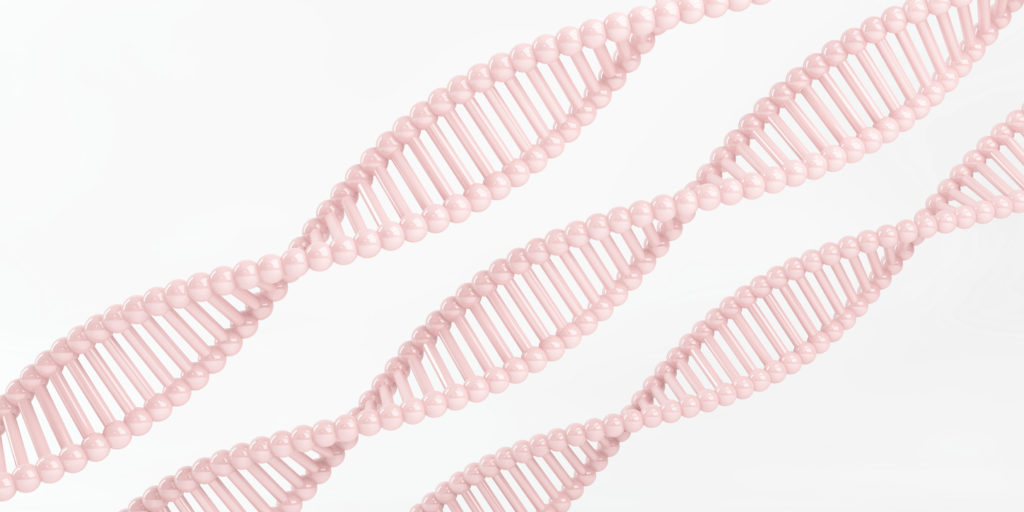The true definition of “Clean Beauty” has become confusing, so we’re sharing the facts with you.
If you’re struggling to understand what a “clean” beauty brand is, you’re not alone. According to a survey of female consumers in 2019, clean means one of three things: it’s “natural,” contains “less harsh chemicals,” or is “cruelty-free.” None of these terms, however, are mentioned by the FDA, so let’s start at the beginning.

What Gets FDA Approval?
According to the U.S. Food & Drug Administration, “The law does not require cosmetic products and ingredients, other than color additives, to have FDA approval before they go on the market.” That leaves a whole lot to the discretion of manufacturers. And since most consumers don’t realize that “cosmetic products” include everything from mascara to body lotion, it’s no wonder they struggle to understand or even pinpoint the meaning of “clean.”
How the FDA Defines “Cosmetics”
The FDA’s definition is not something to summarize or abbreviate, so, in full transparency, here it is:
“The FD&C Act defines cosmetics by their intended use, as ‘articles intended to be rubbed, poured, sprinkled, or sprayed on, introduced into, or otherwise applied to the human body...for cleansing, beautifying, promoting attractiveness, or altering the appearance’ (FD&C Act, sec. 201(i)). Among the products included in this definition are skin moisturizers, perfumes, lipsticks, fingernail polishes, eye and facial makeup, cleansing shampoos, permanent waves, hair colors, and deodorants, as well as any substance intended for use as a component of a cosmetic product. It does not include soap. (To learn what products are considered ‘soap’ for regulatory purposes, see ‘Soap.’”

So, Who Defines Clean?
As a general rule, buzzwords turn me off. Maybe it’s because of my academic background as a college professor, or perhaps it stems from my inherent distrust of marketing thanks to infomercials and multi-level marketing. Isolating a singular definition for “clean” beauty has me even more confused. And the reason for that is simple: “There is no standardized organic certification,” explains Patricia (Patti) Pao, Founder, and CEO of Restorsea – a dermatologist-endorsed, clean skincare brand. With honesty and transparency at the forefront of her brand, Pao “prefers to use the term ‘naturally-derived’” instead. Still confused?
Two of the more commonly known definitions of clean beauty come from Goop.com and Sephora:
- “Clean beauty is made without ingredients shown or suspected to harm human health.” – Goop.com.
- The ‘Clean At Sephora’ seal applies to products “formulated without parabens, sulfates SLS and SLES, phthalates, mineral oils, formaldehyde, and more.”
An Overview of Parabens, Sulfates and Mineral Oil

Since these three items referenced above are frequently cited as things to avoid in clean beauty, I turned to the Cosmetic Ingredient Review because they “review and assess the safety of ingredients used in cosmetics in an open, unbiased, and expert manner, and publish the results in the peer-reviewed scientific literature.” Alternative sources for ingredients and opinions abound, but as an academic, I prefer the “just the facts” approach, so I don’t have to decipher a provider’s underlying intent. That said, here we go…
- Parabens prevent products from biodegrading and growing bacteria. Many organizations have raised concerns about parabens accumulating in the body and disrupting the way hormones function. According to the CIR’s 248-page 2019 Safety Assessment report, which takes “endocrine activity, dermal sensitization and epidemiological studies” into consideration, “the available evidence suggests no significant association of parabens exposure with diseases or other adverse health conditions. The panel also noted that refined aggregate exposure models suggest that cosmetic product use is a major source of parabens exposure. However, the vast quantity of biomonitoring data indicates that systemic exposure to these ingredients is very low.” Given their role in preserving product integrity and the lack of a concrete connection between parabens and disease, the jury is still officially out on this one. Yes, parabens are on many “ingredients to avoid lists,” so it’s best to go with your gut here.
- Sulfates, particularly sodium lauryl sulfate (SLS) and sodium laureth sulfate (SLES) are foaming cleansing agents. To remove dirt, makeup, pollution, and sunscreen, you need more than just plain water and a towel. While sulfates are said to be safe and effective, SLS and SLES can strip away the skin’s natural oils and undermine your skin’s barrier function resulting in redness or itching. As a proponent of balanced pH cleansers, I generally avoid these ingredients since there are so many gentler, equally-effective alternatives on the market.
- Mineral Oil, a petroleum derivative, may or may not be a no-go for you, depending on your feelings about fossil fuel. You may also want to avoid it if you have acne-prone skin. The biggest concern most people have with mineral oil is whether or not it is comedogenic. The majority of research emphasizes the safety and efficacy of mineral oil as a skin softener and moisturizing agent. If you’re already prone to clogged pores, you may want to steer clear of this one. But if you have dry skin and are trying to prevent transepidermal water loss (TEWL), it may be worth giving mineral oil a patch test on your skin as it is a solid occlusive – in other words, it helps seal in moisture.
Of course, if you have reservations about using the aforementioned ingredients, it’s always important to check with a skilled skincare professional.
Ready to learn more about clean beauty options and what two leading clean brands have to offer? Part two is coming soon!
Loading...